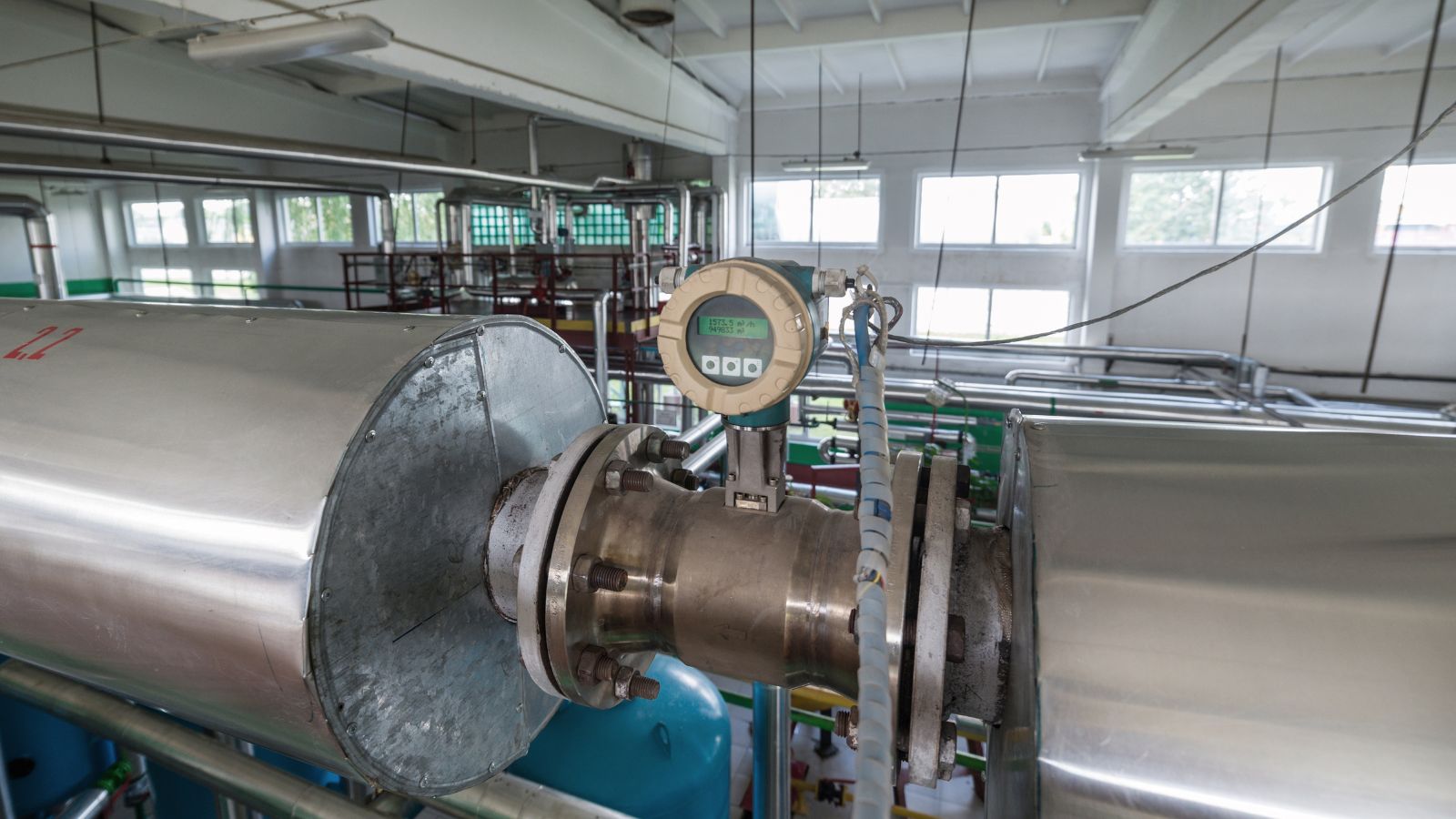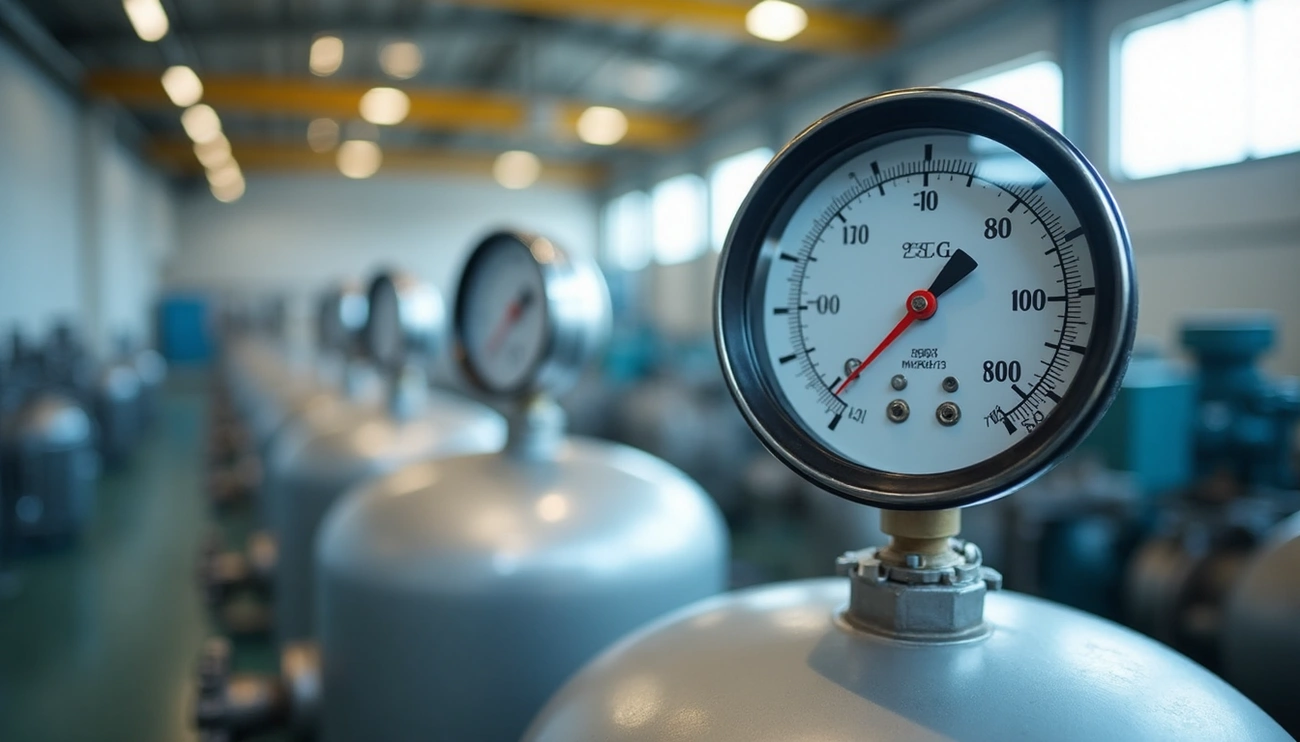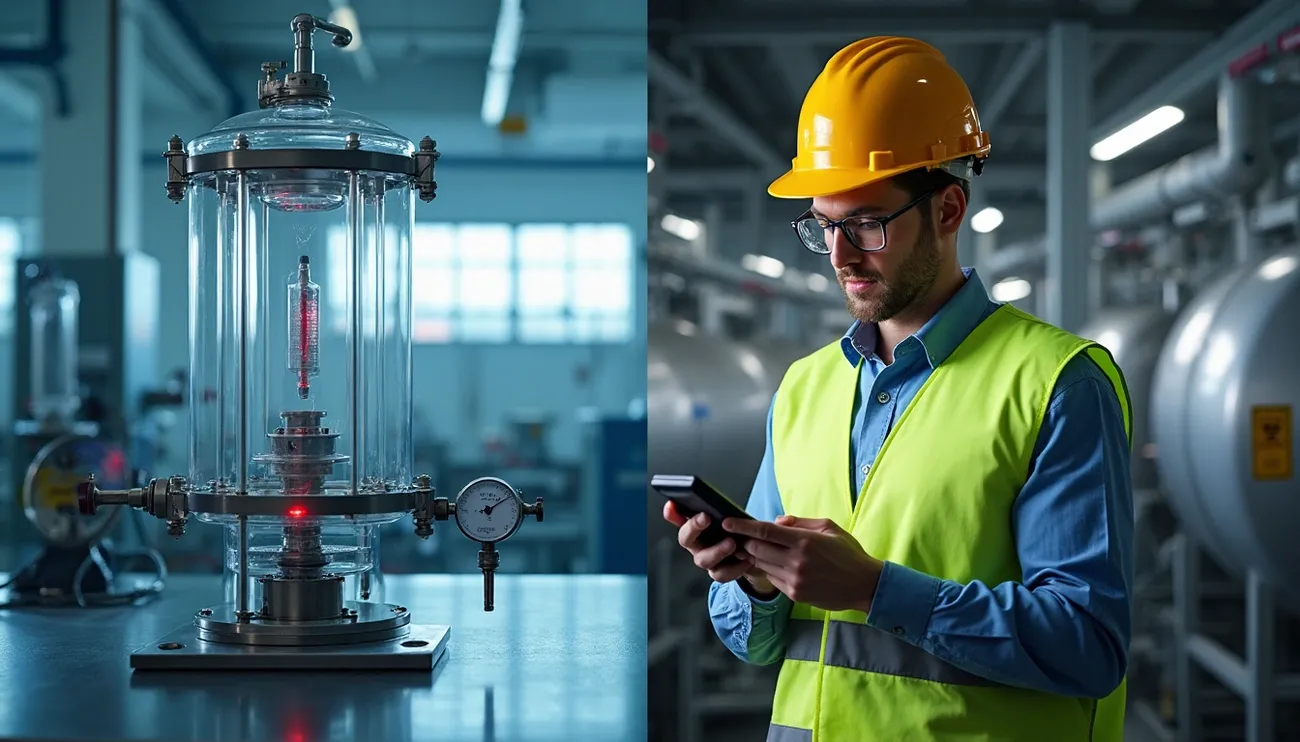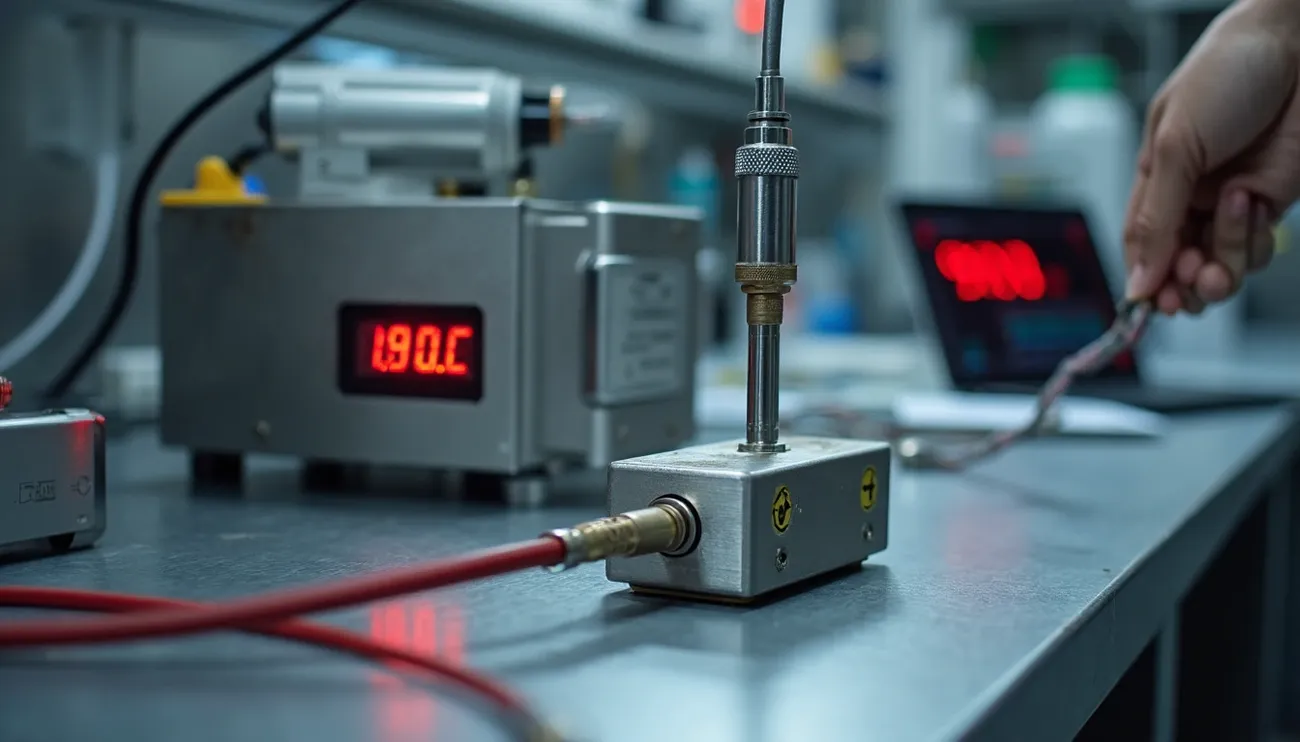Sewage flow meters play a crucial role in monitoring and controlling waste disposal, ensuring that it is carried out efficiently and effectively. These meters provide valuable information about the flow rate and volume of sewage, allowing authorities and industries to make informed decisions regarding waste management. By accurately measuring the sewage flow, these meters enable the monitoring of the waste disposal process, ensuring compliance with environmental regulations and facilitating the protection of our water resources.
Importance of monitoring and controlling waste disposal
Monitoring and controlling waste disposal is essential to safeguard the environment and public health. Inadequate waste management can lead to contamination of water sources, posing risks to human and aquatic life. By implementing sewage flow meters, authorities and industries can closely monitor the flow of sewage and detect any anomalies or deviations from the expected flow rate. This enables them to identify potential issues or blockages in the sewage system promptly, preventing overflows, leaks, or other potential disasters.
Furthermore, the data collected from sewage flow meters allows for the optimization of waste disposal processes. By analyzing the flow patterns and volume of sewage, authorities and industries can identify areas of improvement and implement strategies to enhance efficiency. This not only reduces operational costs but also minimizes the environmental impact of waste disposal activities.
Types of sewage flow meters
There are various types of sewage flow meters available, each with its own advantages and applications. The most commonly used types include electromagnetic flow meters, ultrasonic flow meters, and open channel flow meters.
- Electromagnetic flow meters: These meters utilize Faraday’s law of electromagnetic induction to measure the flow rate of conductive liquids, such as sewage water. They offer high accuracy and reliability, making them suitable for a wide range of applications.
- Ultrasonic flow meters: These meters use ultrasonic waves to measure the velocity of the sewage flow. They are non-intrusive and can be used for both clean and dirty water applications.
- Open channel flow meters: These meters are specifically designed for measuring the flow rate of sewage in open channels, such as rivers or canals. They provide accurate measurements even in challenging environmental conditions.
How sewage flow meters work
Sewage flow meters operate based on different principles, depending on the type of meter. However, the general working principle involves the measurement of the velocity and/or volume of sewage flow.
For electromagnetic flow meters, the principle of electromagnetic induction is utilized. As the conductive sewage water flows through the meter’s pipe, a magnetic field is generated. The flow of the liquid induces a voltage, which is proportional to the velocity of the flow. The meter measures this voltage and calculates the flow rate accordingly.
Ultrasonic flow meters, on the other hand, use ultrasonic waves to measure the velocity of the sewage flow. They emit ultrasonic pulses into the flowing sewage and measure the time it takes for the pulses to travel between two points. By comparing the upstream and downstream travel times, the meter calculates the velocity and subsequently the flow rate of the sewage.
Open channel flow meters typically utilize a combination of a primary device, such as a flume or weir, and a secondary device, such as a level sensor or ultrasonic sensor. The primary device determines the flow depth, and the secondary device measures the water level. By combining these measurements, the meter calculates the flow rate of the sewage in the open channel.
Benefits of using sewage flow meters
The use of sewage flow meters offers several benefits to both authorities and industries involved in waste disposal. Some of these benefits include:
- Accurate measurements: Sewage flow meters provide precise and reliable measurements of the flow rate and volume of sewage, ensuring accurate monitoring and control of waste disposal activities.
- Compliance with regulations: By accurately measuring the sewage flow, authorities can ensure compliance with environmental regulations and prevent any potential violations or penalties.
- Early detection of issues: Sewage flow meters enable the early detection of issues or blockages in the sewage system, allowing for prompt maintenance and preventing potential failures or overflows.
- Optimization of waste disposal processes: The data collected from sewage flow meters can be used to analyze and optimize waste disposal processes, leading to increased efficiency and reduced operational costs.
- Protection of water resources: By monitoring and controlling waste disposal, sewage flow meters help protect water resources from contamination, ensuring the preservation of ecosystems and public health.
Factors to consider when choosing a sewage flow meter
When selecting a sewage flow meter, several factors should be taken into consideration, including:
- Accuracy requirements: Determine the level of accuracy needed for your specific application to ensure the chosen meter meets your measurement requirements.
- Flow range: Consider the anticipated flow range of the sewage to ensure the meter can handle the expected flow rates without any issues.
- Environmental conditions: Take into account the environmental conditions in which the meter will be installed, such as temperature, humidity, and the presence of corrosive substances, to select a meter that can withstand these conditions.
- Installation requirements: Consider the installation requirements and constraints to ensure compatibility with your existing system and infrastructure.
- Cost and maintenance: Evaluate the initial cost of the meter as well as the long-term maintenance requirements to determine the overall cost-effectiveness of the chosen meter.
Installation and maintenance of sewage flow meters
Proper installation and regular maintenance are essential for the optimal performance of sewage flow meters. When installing a sewage flow meter, it is crucial to follow the manufacturer’s guidelines and recommendations. This includes selecting an appropriate location, ensuring proper alignment and orientation, and adequately calibrating the meter.
Regular maintenance of sewage flow meters involves cleaning, calibration, and inspection. Cleaning should be performed periodically to remove any debris or sediment that may accumulate on the meter’s sensors. Calibration should be carried out at regular intervals to ensure accurate measurements. Additionally, inspections should be conducted to identify any signs of damage or wear and address them promptly to avoid potential issues.
Case studies: Successful implementation of sewage flow meters
Several case studies demonstrate the successful implementation of sewage flow meters in various settings. One such case study involves a municipal wastewater treatment plant that implemented electromagnetic flow meters to monitor the flow rate of sewage entering the plant. By closely monitoring the sewage flow, the plant was able to optimize its treatment processes and reduce energy consumption, resulting in significant cost savings.
Another case study involves an industrial facility that installed ultrasonic flow meters to monitor the flow of wastewater from its production processes. The data collected from the flow meters allowed the facility to identify areas of high water consumption and implement water conservation measures, leading to reduced water usage and improved environmental sustainability.
Conclusion
Sewage flow meters play a vital role in monitoring and controlling waste disposal, ensuring the efficient and effective management of sewage. By accurately measuring the flow rate and volume of sewage, these meters enable the detection of anomalies, optimization of waste disposal processes, and protection of water resources. When choosing a sewage flow meter, it is important to consider factors such as accuracy requirements, flow range, environmental conditions, installation requirements, and maintenance. By implementing sewage flow meters and following proper installation and maintenance practices, authorities and industries can enhance waste management practices and contribute to a cleaner and healthier environment.
Call to Action: If you are in need of accurate and reliable sewage flow meters for your waste disposal activities, contact us today at Sentec who as outstanding flow meter manufacturer, for a wide range of high-quality options. We are committed to providing innovative solutions that meet your specific needs and help you achieve optimal waste management.




